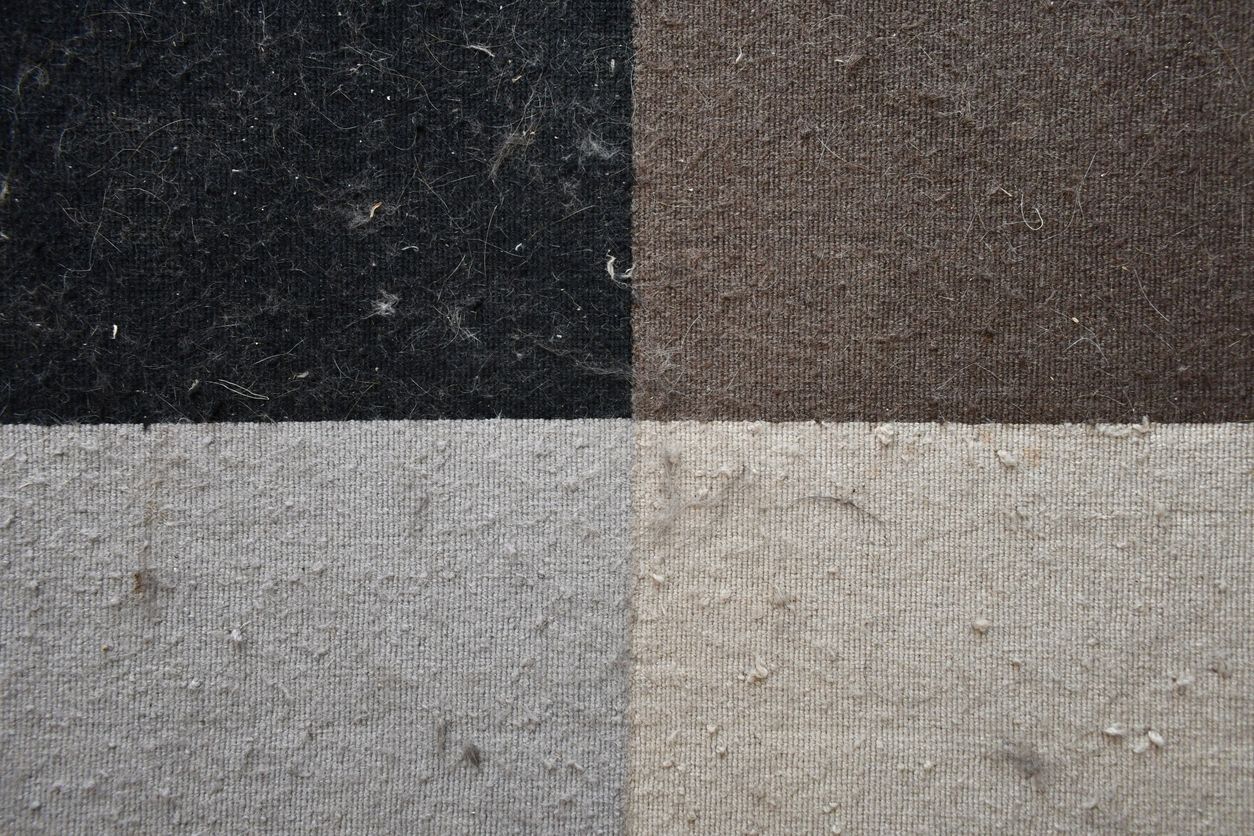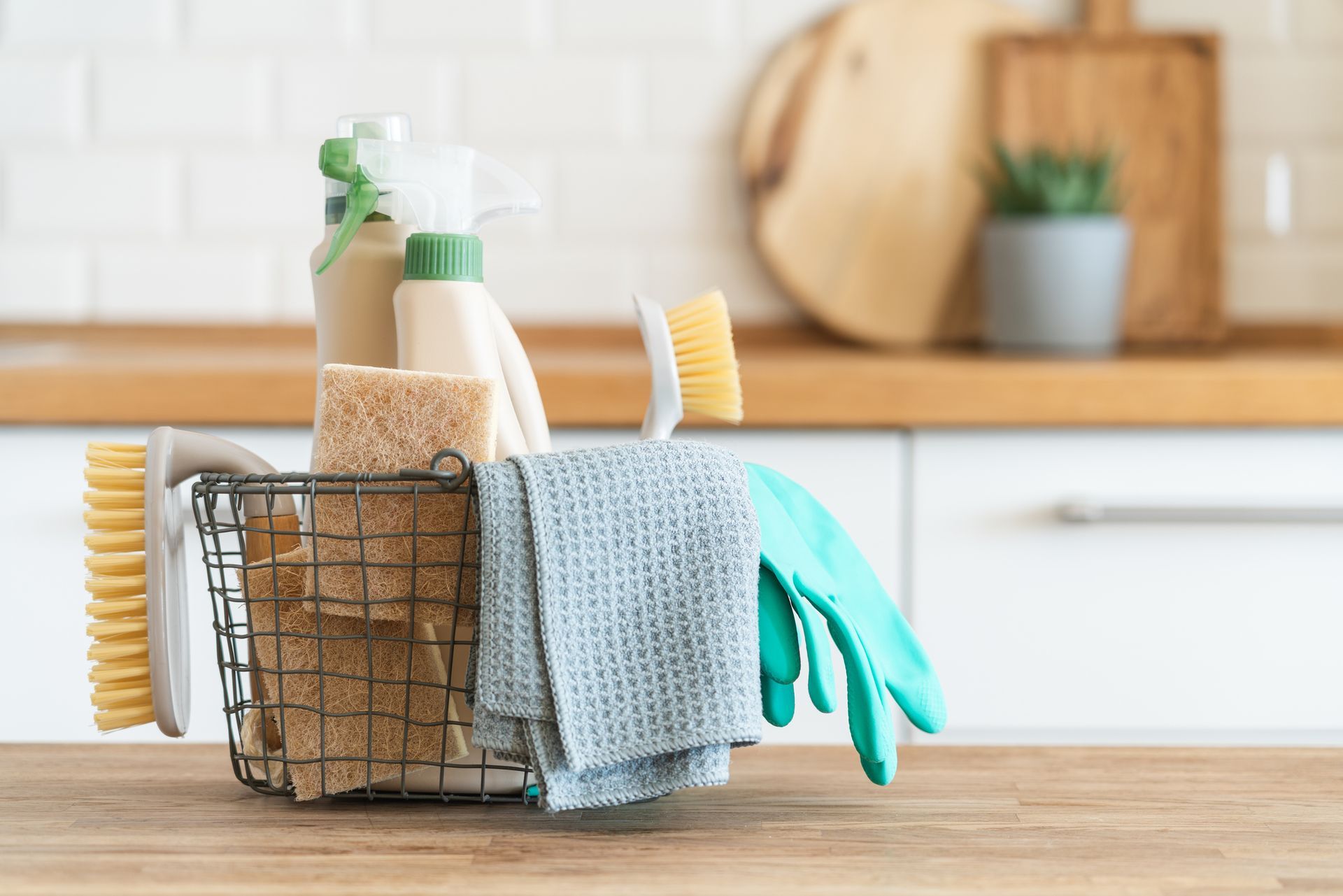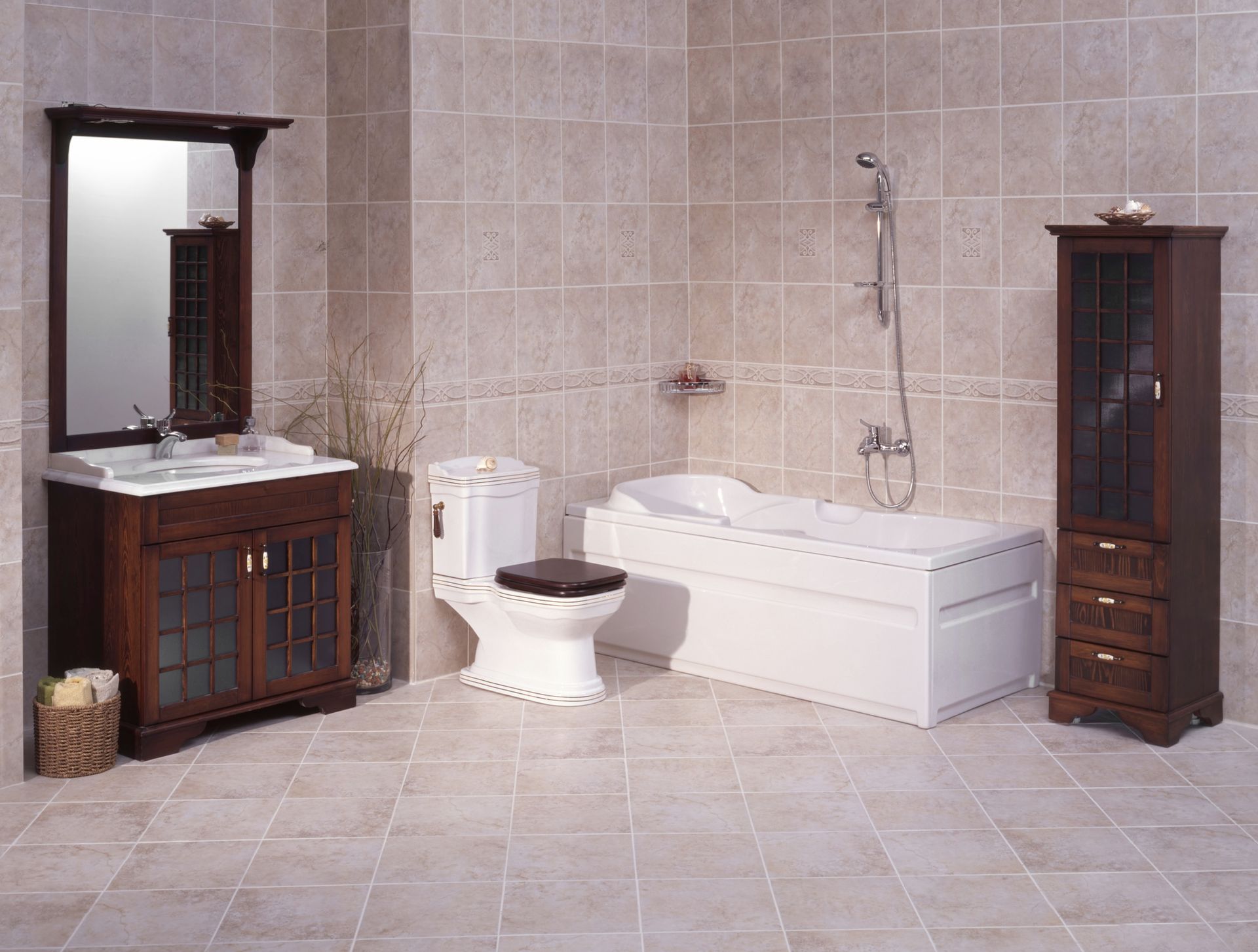Understanding Rug Allergy: Symptoms, Causes, and Solutions
Carpet and rug allergies cause sneezing, runny nose, and even asthma due to allergens like dust mites and pet dander in your carpets. This article reveals what causes these rug allergies and provides solutions to manage and prevent rug allergy symptoms.
Key Takeaways
- Carpet allergies are triggered by common allergens in carpets like dust mites, pet dander, and mold, which can cause various symptoms such as sneezing and respiratory issues.
- Regular cleaning, choosing hypoallergenic rugs, and improving indoor air quality with air purifiers are effective strategies for managing and preventing rug allergies.
- Long-term solutions may include replacing carpets with hard flooring and adopting a no-shoes policy to minimize allergen exposure and improve overall indoor health.
What Are Rug Allergies?
Rug allergies occur when your immune system overreacts to substances typically found in home environments, resulting in various allergic reactions. These allergens can be anything from dust mites to pet dander, and they can reside comfortably in your carpets and rugs, leading to what is known as carpet allergies. Additionally, newly installed carpets can release volatile organic compounds (VOCs), which may trigger allergic reactions and worsen indoor air quality when disturbed.
The Carpet and Rug Institute (CRI) asserts that carpet fibers help trap allergens like dust and pollen, preventing these particles from circulating in the air. While this can be beneficial for those with tolerant immune systems, it poses risks for individuals with severe allergies, particularly children who are more susceptible to these airborne irritants.
Rug allergies occur as your body’s defense mechanism against perceived harmful invaders. This overreaction can range from mild discomfort to severe allergic reactions. Recognizing these symptoms helps in combating these allergens effectively.
Common Allergens in Rugs & Carpets
Common allergens found in rugs include:
- Dust mites
- Pet dander
- Mold
- Pollen
- Various indoor air pollutants
Dust mites and pet dander are particularly notorious for accumulating in carpets and significantly affecting allergy sufferers. These tiny creatures feed on dead skin cells and food particles, which are often found in rugs, making them a common allergen source.
Mold and pollen are other major players in the allergen game. Environmental sources like these settle into carpet fibers, especially in homes with wall-to-wall carpeting, increasing the allergen levels and causing allergic reactions.
Volatile organic compounds (VOCs) present in carpets can trigger allergies and are released during a process called off-gassing. These VOCs can cause allergy-like symptoms, worsening discomfort for sensitive individuals.
Opting for low-VOC carpets reduces the release of chemical compounds, lowering allergy risks. Natural fiber rugs, such as wool and cotton, resist dust mites better than synthetic materials, making them a superior choice for allergy sufferers.
Symptoms of Rug Allergy
Individuals with rug allergies may experience a variety of symptoms, including sneezing, runny nose, and even asthma-like reactions. These symptoms can be particularly bothersome and may significantly impact the quality of life. For some, exposure to carpet allergens can also result in throat irritation and respiratory symptoms, which can be quite severe in cases of high allergen exposure.
VOCs from rugs can cause eye irritation and respiratory discomfort, worsening symptoms for allergy sufferers. Identifying these symptoms can help determine if you or a family member is affected, enabling you to take steps to mitigate these reactions.

How Rugs Trap Allergens
Rugs trap particles like dust mites, pet dander, and mold spores in their fibers, acting as reservoirs for various allergens. These allergens can become airborne when disturbed by foot traffic or cleaning activities, leading to increased exposure and exacerbating allergy symptoms. High-traffic areas, in particular, tend to accumulate more allergens, making them hotspots for allergy triggers.
Carpet flooring acts as a filter in homes, trapping allergens and pollutants like dust mites and pet dander. Various factors such as material type, size, and pile height influence the effectiveness of carpets and rugs in capturing these particles, which helps to reduce allergens in the air and mitigate allergic reactions.
Moreover, moisture can lead to mold and mildew growth in carpets, further aggravating allergy symptoms. New carpets can also emit VOCs that impact indoor air quality, causing allergic reactions in sensitive individuals and potentially leading to carpet allergy issues.
Knowing how rugs trap and release allergens aid in better managing and reducing allergen levels in your home.
Role of Carpet Fibers
The type of carpet fibers significantly influences a rug’s ability to trap allergens. Natural fibers like wool are particularly effective due to their natural properties, which help resist dust mites and other common allergens. On the other hand, synthetic materials can sometimes exacerbate allergy problems due to their chemical composition and tendency to harbor allergens more effectively.
The Carpet and Rug Institute (CRI) defends the use of carpet fibers, stating that they can reduce airborne allergens by trapping them, although this may not be sufficient for individuals with severe allergies who are advised to remove wall-to-wall carpeting.
For instance, long fibers in carpets are more likely to collect particles and allergens, making them a less ideal choice for allergy sufferers. Choosing low-pile or tightly woven carpets reduces allergen accumulation, promoting a healthier indoor environment.
Dust Mites and Pet Dander
Dust mites and pet dander are common allergens found in rugs that can trigger allergy symptoms. These microscopic creatures thrive in unclean environments, making rugs that are not regularly cleaned a breeding ground for these allergens. High-pile carpets provide ample space for dust mites to stick and grow, while low-pile carpets offer less hiding space for allergens.
Rug allergies from dust mites and pet dander can cause respiratory issues, allergy-induced asthma, contact dermatitis, and allergic rhinitis. Regular cleaning and selecting suitable carpet types can significantly reduce these allergens and symptoms.
Preventing and Managing Rug Allergies
Preventing and managing rug allergies involves a combination of regular cleaning practices, choosing hypoallergenic rugs, and improving indoor air quality. Frequent vacuuming can reduce allergens in rugs and minimize allergy symptoms. Proper ventilation and air purifiers improve indoor air quality, reducing allergy and asthma triggers.
Long-term solutions for managing rug allergies include regular maintenance and strategic changes in living environments, such as opting for hypoallergenic materials and ensuring proper air purification. These strategies can make a significant difference in reducing allergens and improving overall health.
Regular Cleaning Practices
Vacuuming one to two times a week minimizes home allergens. HEPA filter vacuum cleaners significantly reduce carpet allergens, crucial for managing carpet allergies. Regular upkeep, including weekly vacuuming and periodic deep cleaning, maintains a healthy indoor environment.
Steam cleaning efficiently reduces contaminants like pet dander, dust particles, and bacteria in rugs. This method effectively eliminates allergens from fibers. Professional deep carpet cleaning should be done at least once a year to manage allergens.
Professional rug cleaning every six months to once a year optimally reduces allergens. Deep cleaning and washing area rugs every 3-6 months contributes to a healthier indoor environment by significantly reducing allergen particles, improving indoor air quality.
Choosing Hypoallergenic Rugs
Hypoallergenic rugs made from natural materials like cotton or wool are recommended for allergy sufferers. These natural fiber rugs resist dust mites better than synthetic materials, making them an excellent choice for those with dust mite allergies. Additionally, selecting low-pile rugs can help in reducing allergen accumulation compared to thicker carpets.
Hypoallergenic rugs made from natural materials like cotton or wool resist dust mites better than synthetic materials, making them ideal for allergy sufferers. Opting for low-pile rugs reduces allergen accumulation, contributing to a healthier living environment.
Air Purification and Ventilation
Proper ventilation and the use of air purifiers are crucial in maintaining a healthy indoor air environment. Air purifiers equipped with high efficiency particulate air filters trap small particles, effectively reducing allergens in the air. Ensuring adequate ventilation helps to dilute indoor pollutants and improve improved indoor air quality.
Incorporating air purifiers and ensuring proper ventilation significantly reduces airborne allergens in your home. This helps manage rug allergies and contributes to better overall health and well-being.

Treating Rug Allergy Symptoms
Treating rug allergy symptoms requires both immediate relief and long-term management. Regular rug cleaning effectively manages allergy symptoms, reducing issues like shortness of breath and runny nose. Additional treatments may be necessary for severe symptoms.
Over-the-counter medications and allergy immunotherapy are two common approaches to treating rug allergy symptoms. These treatments can help manage and reduce the severity of allergic reactions, providing much-needed relief for allergy sufferers.
Over-the-Counter Medications
Decongestants can help reduce nasal swelling and improve breathing for those suffering from rug allergy symptoms. Oral decongestants can assist with nasal congestion but may raise blood pressure. Leukotriene modifiers, like montelukast, can help manage allergy symptoms by blocking immune responses.
Topical corticosteroid creams or ointments can help reduce skin inflammation. This is particularly effective for those suffering from rug allergies. Eye drops can be used for eye discomfort due to rug allergies. These medications provide multiple ways to manage and alleviate rug allergy symptoms.
Allergy Immunotherapy
Allergy immunotherapy is a method to develop tolerance to allergens through gradual exposure. This treatment involves gradually exposing the body to small amounts of allergens, helping individuals tolerate allergies and reduce allergic reaction. It is particularly beneficial for individuals with severe seasonal allergy symptoms.
Allergy immunotherapy offers long-term relief by reducing the body’s sensitivity to specific allergens, including those in rugs. This approach benefits those with severe allergies seeking long-term solutions.
Long-Term Solutions for Rug Allergies
Effective long-term solutions for managing rug allergies include removing carpets and replacing them with hard flooring options like hardwood, which does not harbor allergens.
Using allergen-resistant covers on pillows and mattresses effectively controls dust mite exposure. Allergy immunotherapy gradually decreases sensitivity to specific allergens, offering a long-term solution for managing rug allergies.
Carpet Removal and Alternatives
Installing hard flooring can significantly reduce the accumulation of allergens compared to carpets. Replacing carpets with hard flooring options like laminate or stone significantly reduces allergen buildup. Natural options like cork are beneficial due to their antimicrobial properties.
Tile flooring is another effective choice for minimizing allergens, provided it has a smooth finish to prevent dust accumulation. These alternatives can help create a healthier indoor environment by reducing the presence of allergens.
Implementing a No-Shoes Policy
Adopting a no-shoes policy indoors minimizes the introduction of outdoor allergens like pollen and chemicals, significantly reducing allergens in your home environment.
By implementing a no-shoes policy, you can create a cleaner and healthier indoor environment, further reducing the risk of allergic reactions.
Summary
Rug allergies can be a significant challenge, but understanding their causes, symptoms, and solutions can make all the difference. By identifying common allergens, recognizing symptoms, and implementing effective cleaning and management strategies, you can significantly reduce the impact of rug allergies on your daily life.
Taking proactive steps such as choosing hypoallergenic rugs, maintaining regular cleaning practices, and improving indoor air quality can lead to a healthier and more comfortable living environment. Remember, a little effort can go a long way in managing rug allergies and improving your overall quality of life.
Frequently Asked Questions
What are the most common allergens found in rugs and carpets?
The most common allergens in rugs are dust mites, pet dander, mold, pollen, and indoor air pollutants. Regular cleaning can help reduce these allergens and make your home more comfortable.
How often should I clean my rugs to manage allergies effectively?
To manage allergies effectively, vacuum your rugs at least one to two times a week, and aim for a deep clean every 3-6 months, with professional cleaning at least once a year. Keeping up with this routine will help reduce allergens significantly.
What types of rugs are best for allergy sufferers?
If you're dealing with allergies, hypoallergenic rugs made from natural materials like wool or cotton are your best bet. Opt for low-pile options, as they trap fewer allergens.
What are the symptoms of rug allergies?
If you're dealing with rug allergies, you might notice sneezing, a runny nose, or even asthma-like symptoms. Eye and throat irritation are also common, so it’s definitely worth keeping an eye on these signs!
How can air purifiers help with rug allergies?
Air purifiers with HEPA filters can significantly reduce allergens in your home by trapping small particles, which helps manage rug allergies and improves overall air quality. So, if you're struggling with allergies, investing in one might be a smart move!



